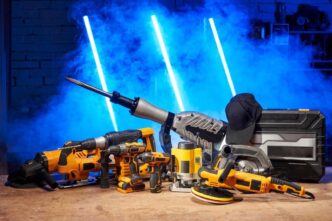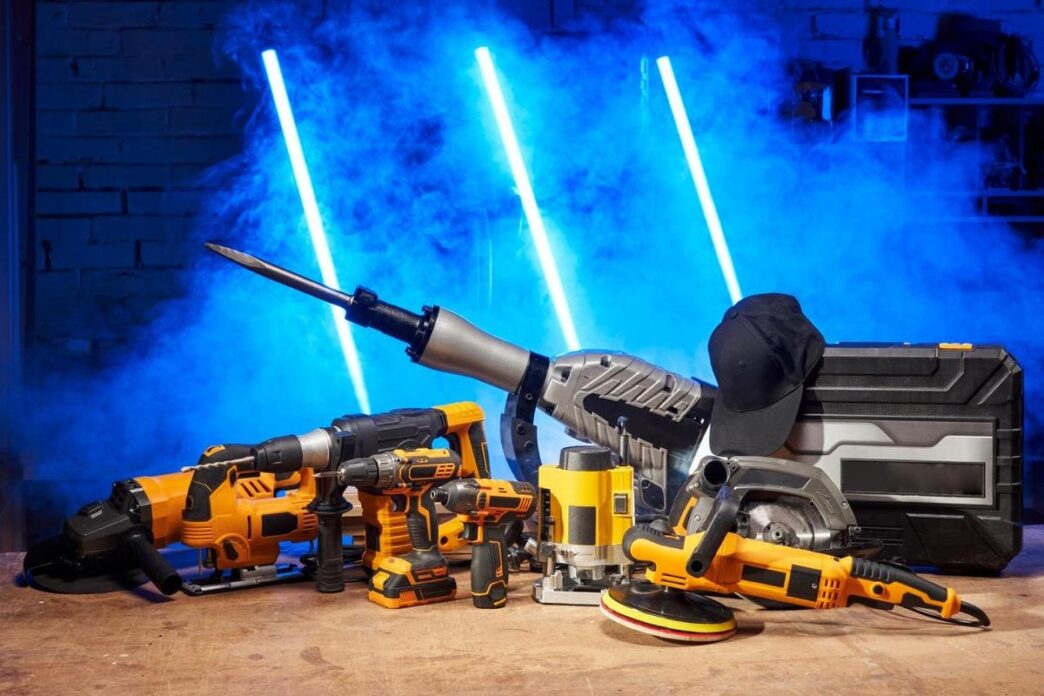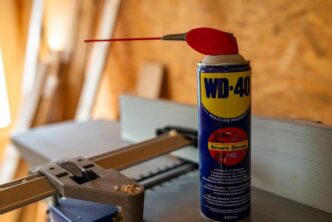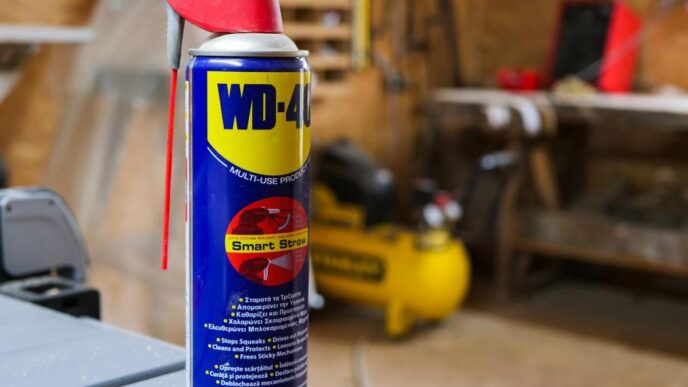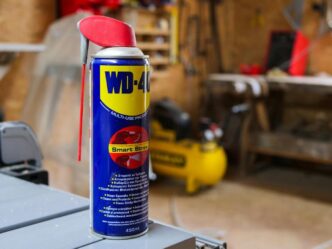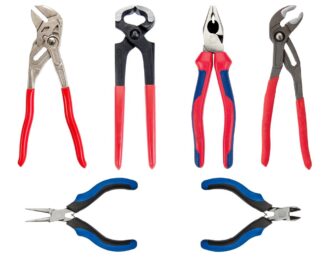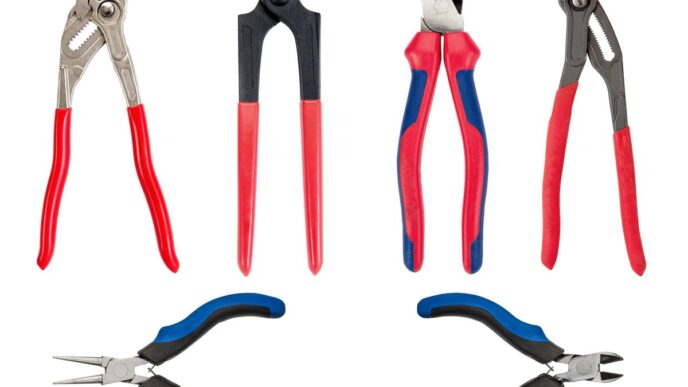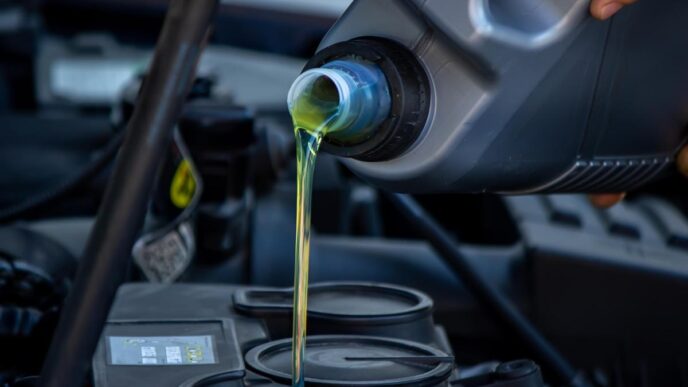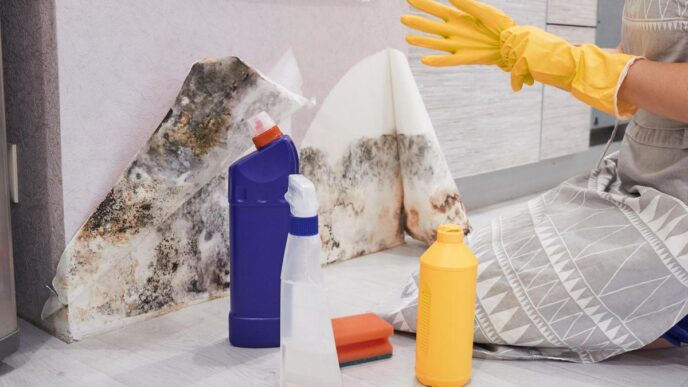Summary
- Choose ergonomic tools that fit well and reduce strain.
- Regularly inspect and maintain tools for damage; replace if necessary.
- Correct storage keeps tools protected and organized.
- Use tools for their intended purpose; never misuse them.
- Read manuals and wear safety gear when using power tools.
- Avoid common mistakes like using damaged tools or rushing.
- Training and protective gear are crucial to reduce injuries.
- Understand each tool’s function and follow manufacturer’s instructions.
- A safe working environment and positive safety culture decrease risks.
- Openly discuss tool safety, report hazards, and maintain clear communication within teams.
When it comes to tools, safety isn’t just a suggestion—it’s a necessity. Are you confident choosing and maintaining the tools you need? Understanding the right selection and upkeep can mean the difference between a job well done and a dangerous mistake. Let’s dive into choosing tools wisely, maintaining them for safety, and explore essential safety tips for every project. With the right knowledge, you can prevent accidents and keep your workspace safe.
How Can You Choose the Right Tools and Maintain Them?
Choosing safe tools for projects involves careful thought. First, consider the tool’s size and design. A tool that’s too big or small can cause accidents. Opt for ergonomic tools to reduce strain. Ergonomics means the tool fits your hand well, making it easier to handle.

Regular maintenance is key for tool safety. Regularly check tools for any signs of damage. Look for cracks, wear, or any defects. If a tool shows damage, either fix it or replace it. For example, a cracked handle on a hammer could hurt you.
Proper tool storage is essential too. Storing tools in the right way keeps them safe from damage and makes them last longer. It also keeps your workspace tidy, reducing the chances of tripping or getting hurt.
By following these tips, you can ensure a safer working environment. Remember, the right tool choice and upkeep keep you and your tools in good shape. If you want more information, visit this hand and power tool safety guide. It offers a checklist and helpful tips to select and care for your tools properly.
Choosing the right tools and maintaining them is an essential part of staying safe. Practice these habits, and you’ll reduce risks during your projects. Keep tools in check and pick them wisely for your tasks.
What Are Essential Safety Tips for Hand and Power Tools?
Using tools is both a responsibility and a challenge. From the smallest hand tool to the most powerful machine, safety is not optional. It is urgent to follow certain safety tips to prevent injuries.
What Are the Best Practices for Using Hand Tools?
Hand tools are frequent in daily work but must be used correctly. First, inspect tools for damage before each use. A small fracture can cause big problems. Choose a tool that fits the task. An ergonomic tool can help reduce strain. Always keep your grip firm to avoid slipping. Use the right tool for the job—this ensures safety and efficiency.

How Can You Ensure Safe Operation of Power Tools?
Power tools demand respect and care. Firstly, read the manufacturer’s manual; it holds vital safety details. Always wear safety gear like gloves and goggles to protect from flying debris. Keep the work area clean and well-lit to avoid tripping. Before starting, check that all parts are secure and working. Never use a tool with a frayed cord. Secure your material; let the tool do the work.
What Are Common Mistakes to Avoid with Tools?
Mistakes often lead to harm. One common error is using tools for tasks they aren’t made for, like using a screwdriver as a chisel. This misuse can lead to severe injury. Also, ignoring small problems like loose parts can escalate fast. Finally, never rush while using tools. Taking your time will keep you safe and get the job done right. For more comprehensive training and development on tool safety, you can explore programs offered by HSI.
How Can We Reduce Accidents and Injuries with Tools?
Accidents with tools can happen to anyone. So, how do we reduce them? Effective training programs are key. They teach correct tool handling and help prevent injury. Training programs, like those offered on safety training, focus on practical tips and real world scenarios. Understanding the tool’s function is important. It helps you know what each tool can do. Incorrect usage can lead to serious harm.
Protective gear is another essential part of safety. Wearing the right gear can save you from cuts, bruises, and more severe injuries. Goggles shield your eyes, and gloves protect your hands. It is good to choose gear that fits well and is comfortable. Uncomfortable gear can sometimes be ignored, putting you at risk.
Understanding how to use each tool is crucial for injury prevention. It is vital to read the manufacturer’s instructions closely. These guides show you the best way to operate and maintain your tools. Ignoring them can lead to accidents. When you know a tool well, you are less likely to misuse it.
Focusing on training, protective gear, and a good understanding of tool usage creates a safer tool environment. This approach can significantly lower accident risks, helping you and others work through tasks safely. Practicing these tips and always being aware of potential risks will keep accidents to a minimum.
What Role Does Environment and Attitude Play in Tool Safety?
How Do Environmental Conditions Affect Tool Safety?
Environmental factors can make tool use safe or risky. Wet or icy surfaces can cause slips, making accidents more likely. Good lighting is key; poor light can lead to mistakes when working with tools. What about chemical exposure? Tools used in chemical environments may corrode faster, increasing the risk. Proper ventilation is needed to reduce harmful fumes, which can affect tool performance and user health. Always assess the work area before starting with tools.
Why Is Workplace Safety Culture Important?
A strong safety culture is like wearing a seatbelt; it protects you. In places with good safety culture, people look out for each other. They follow rules, like using the right tool for the job and wearing safety gear. This culture makes folks feel safe to ask questions and report hazards. Think of it as a team effort where everyone wins by staying safe. Safety cultures make workplaces not just safe, but also productive and happy.
How Should Tool Safety Be Communicated Amongst Colleagues?
Talking about tool safety is simple and smart. Start by discussing the hazards of each tool with your team. Sharing tips about safe practices builds trust. For issues, use platforms like the Cornell Ethics and Compliance Hotline for anonymity. Regular meetings can help update everyone on new safety gear or rules. Creating an open space for feedback encourages everyone to share and learn.
Conclusion
Choosing the right tools and maintaining them keeps your projects safe and sound. Regular maintenance and proper storage extend tool life and prevent injuries. Good hand and power tool practices, avoiding mistakes, and using protective gear are key. Training programs and understanding tools reduce accidents. Even the environment and attitude impact safety, shaping how we use tools. Whether you’re fixing a shelf or building a birdhouse, smart choices lead to successful and safe DIY projects. Stay informed, stay safe, and keep building.
